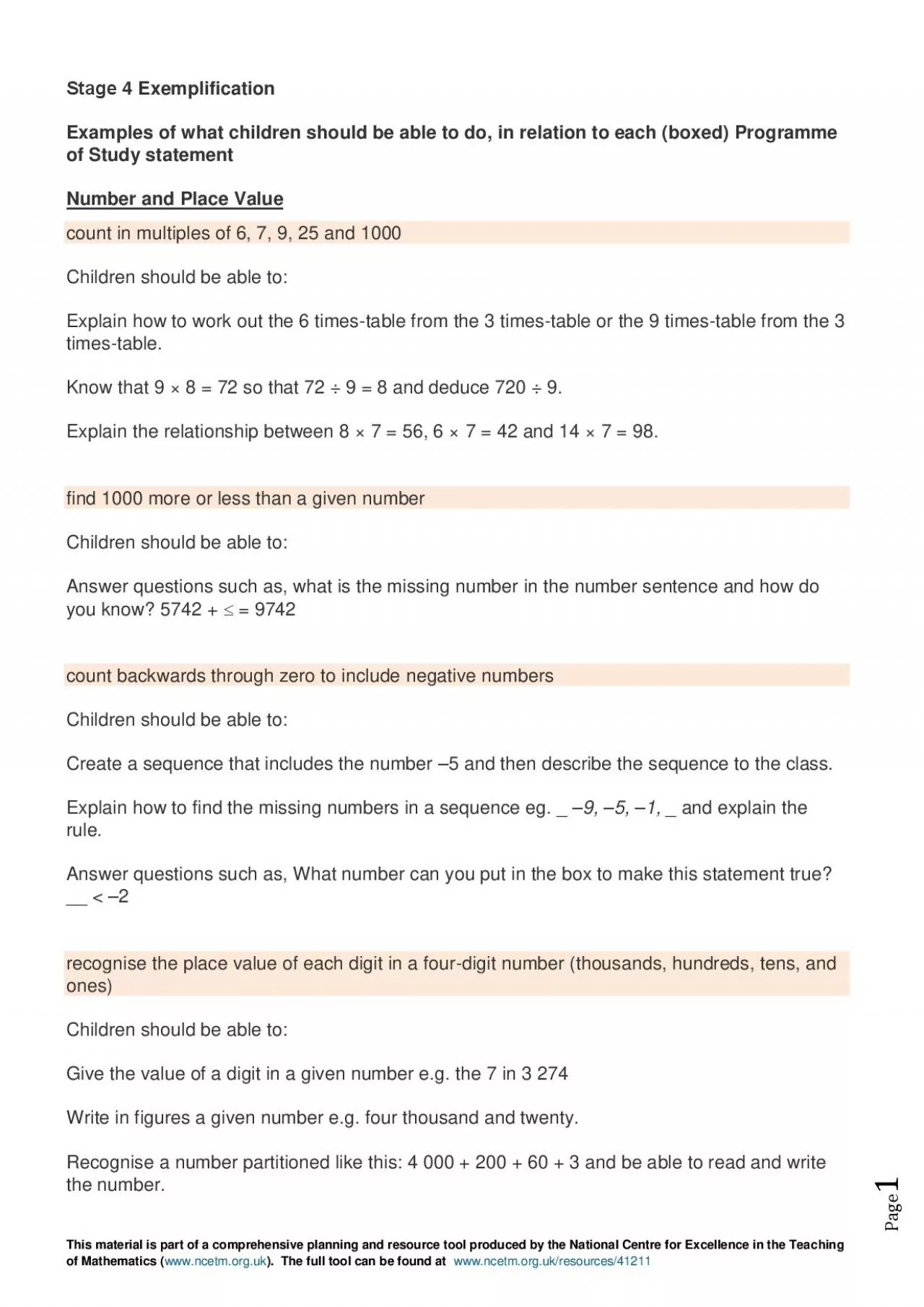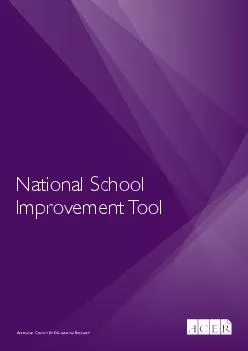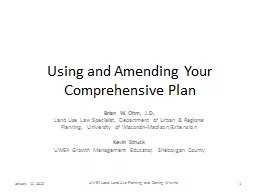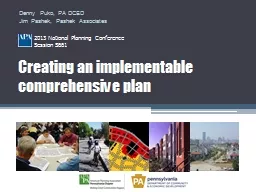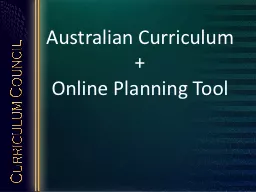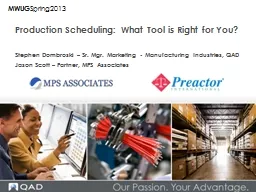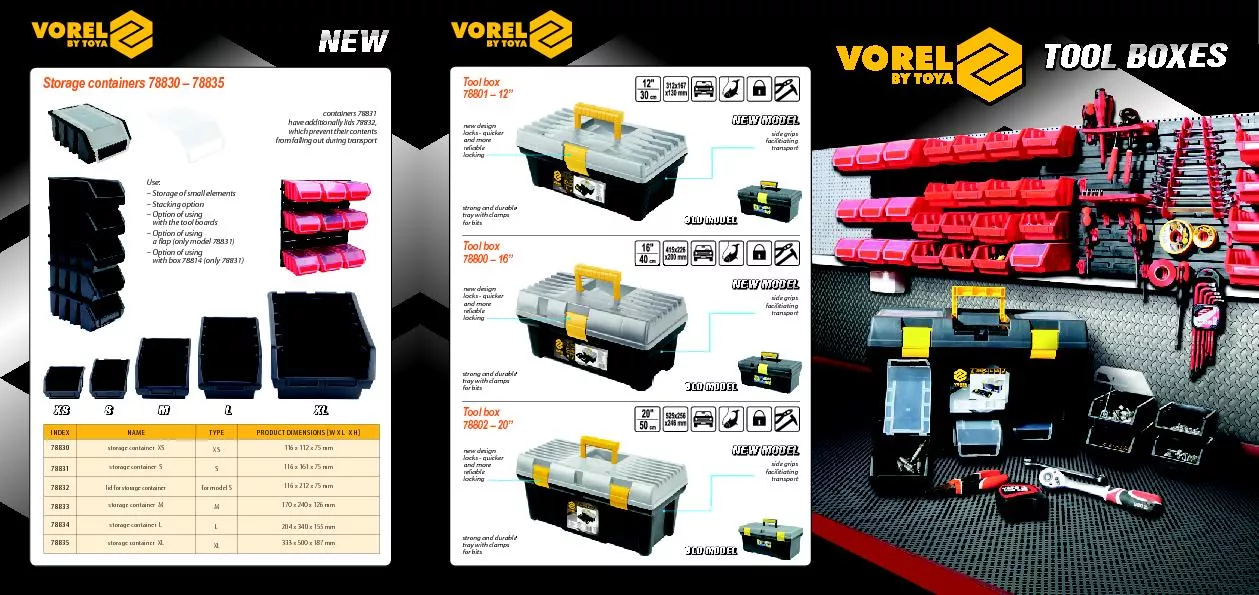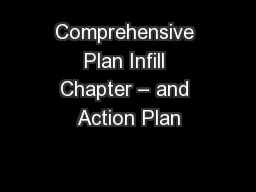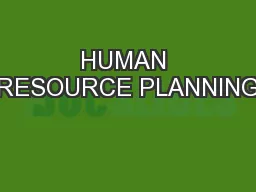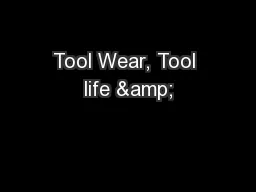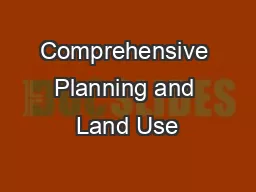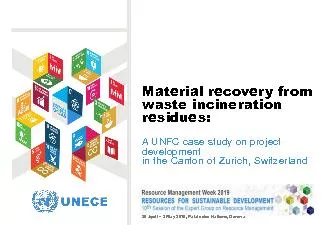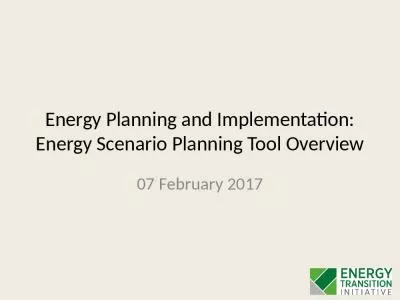PDF-This material is part of a comprehensive planning and resource tool pr
Author : jalin | Published Date : 2021-10-02
Page14 Exemplification Examples what children should be ble to in relation tcount in multiples of 6 7 9 25 and 1000Children should be able to find 1000 more or less
Presentation Embed Code
Download Presentation
Download Presentation The PPT/PDF document "This material is part of a comprehensive..." is the property of its rightful owner. Permission is granted to download and print the materials on this website for personal, non-commercial use only, and to display it on your personal computer provided you do not modify the materials and that you retain all copyright notices contained in the materials. By downloading content from our website, you accept the terms of this agreement.
This material is part of a comprehensive planning and resource tool pr: Transcript
Download Rules Of Document
"This material is part of a comprehensive planning and resource tool pr"The content belongs to its owner. You may download and print it for personal use, without modification, and keep all copyright notices. By downloading, you agree to these terms.
Related Documents

